Home>Furniture & Design>Interior Design Trends>What Is Seeded Glass
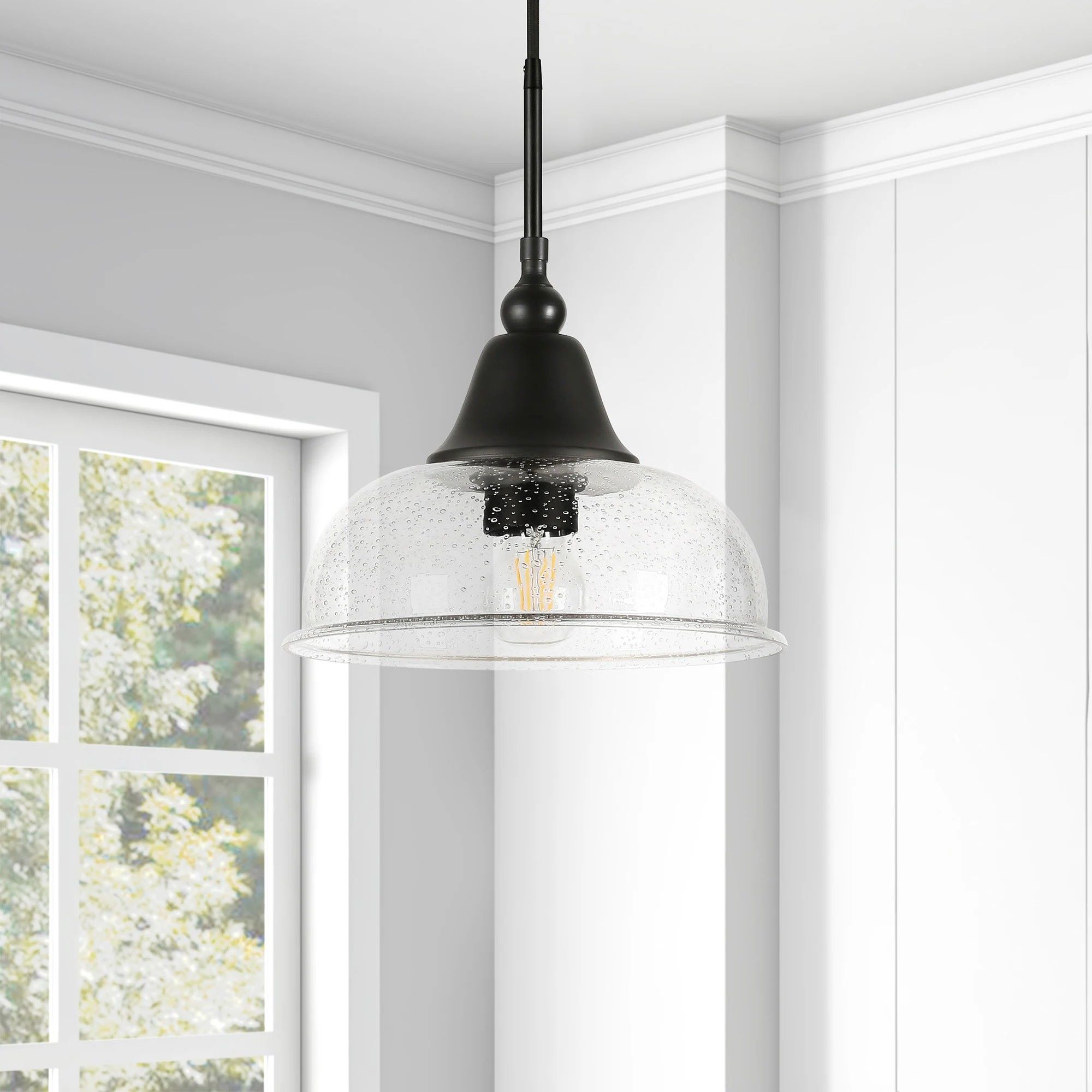

Interior Design Trends
What Is Seeded Glass
Modified: February 18, 2024
Discover the allure of seeded glass in interior design trends. Learn about its unique characteristics and how to incorporate it into your home decor.
(Many of the links in this article redirect to a specific reviewed product. Your purchase of these products through affiliate links helps to generate commission for Storables.com, at no extra cost. Learn more)
Introduction
Seeded glass is a timeless and versatile material that has been a staple in interior design for centuries. Its unique appearance and practical applications have made it a popular choice for homeowners, architects, and designers alike. From its intriguing history to its modern-day uses, seeded glass continues to captivate and inspire with its distinctive charm.
This article will delve into the world of seeded glass, exploring its definition, historical significance, manufacturing process, applications, advantages, disadvantages, and maintenance tips. Whether you're a design enthusiast, a homeowner considering seeded glass for your space, or simply curious about this captivating material, this comprehensive guide will provide valuable insights into the fascinating world of seeded glass.
Key Takeaways:
- Seeded glass, with its charming imperfections and warm glow, adds depth and character to interior spaces. It strikes a balance between privacy and transparency, making it a versatile and timeless choice for design enthusiasts.
- The captivating texture of seeded glass infuses spaces with elegance and sophistication. From windows and doors to lighting fixtures and decorative accents, its timeless allure transcends design trends, adding a touch of nostalgia to any space.
Read more: What Is Germinate
Definition of Seeded Glass
Seeded glass, also known as seedy glass or antiqued glass, is a type of decorative glass that features tiny air bubbles, or "seeds," trapped within the material. These seeds are a result of the traditional manufacturing process, where the molten glass is deliberately manipulated to create a textured and imperfect surface. This distinctive characteristic gives seeded glass its unique and captivating appearance, making it a popular choice for various design applications.
The irregular distribution of seeds within the glass creates a subtle distortion effect, adding an element of visual interest and depth to the material. This effect is particularly pronounced when light passes through the glass, creating a mesmerizing play of light and shadow. As a result, seeded glass is often valued for its ability to diffuse light and create a soft, warm ambiance in interior spaces.
In addition to its aesthetic appeal, seeded glass also offers a degree of privacy while still allowing light to filter through. This makes it a practical choice for applications where a balance of transparency and discretion is desired, such as cabinet doors, room dividers, and decorative windows.
The term "seeded glass" is derived from the visual resemblance of the trapped air bubbles to seeds suspended in the glass, evoking a sense of organic, natural beauty. This organic quality adds a touch of character and authenticity to interior design elements, making seeded glass a popular choice for both traditional and contemporary spaces.
Overall, seeded glass can be characterized by its charming imperfections, captivating texture, and ability to infuse spaces with a warm, inviting glow. Its unique visual qualities and practical benefits have solidified its status as a beloved material in the realm of interior design, offering a timeless allure that transcends trends and styles.
History of Seeded Glass
The history of seeded glass dates back to the early days of glassmaking, with its origins rooted in the rich traditions of artisanal craftsmanship. The technique of creating seeded glass can be traced to the 17th century, where skilled artisans honed their expertise in manipulating molten glass to achieve unique textures and visual effects. This era marked the emergence of seeded glass as a distinctive and sought-after material in the realm of decorative glasswork.
During the early stages of its development, seeded glass was crafted by skilled glassblowers who employed traditional methods to introduce air bubbles into the molten glass. This meticulous process involved carefully controlling the temperature and viscosity of the glass to create the desired texture and appearance. The resulting glass featured an enchanting array of tiny air pockets, reminiscent of seeds suspended within the material, hence earning the name "seeded glass."
As the art of glassmaking evolved, seeded glass gained prominence as a favored choice for adorning windows, doors, and light fixtures in both residential and commercial settings. Its ability to diffuse light and create a warm, inviting ambiance made it a popular inclusion in architectural designs, adding a touch of elegance and character to interior spaces.
The enduring appeal of seeded glass continued to flourish through the centuries, transcending various design movements and architectural styles. Its timeless allure and captivating visual qualities have cemented its status as a cherished element in interior design, with contemporary designers and homeowners alike embracing its nostalgic charm and organic aesthetic.
Today, the legacy of seeded glass lives on, with modern manufacturing techniques and innovative applications further expanding its versatility and appeal. From classic heritage homes to sleek, contemporary interiors, seeded glass remains a beloved choice for infusing spaces with a touch of old-world charm and understated elegance.
The rich history of seeded glass serves as a testament to its enduring relevance and timeless allure, showcasing the enduring legacy of artisanal craftsmanship and the enduring appeal of materials that seamlessly blend tradition with modern sensibilities.
How Seeded Glass is Made
The process of creating seeded glass is a delicate and intricate art that requires precision and expertise. Traditional methods of crafting seeded glass involve skilled artisans manipulating molten glass to achieve the desired texture and appearance. The following steps outline the traditional process of making seeded glass:
-
Preparation of Molten Glass: The process begins with the preparation of molten glass, which is heated to a precise temperature to achieve the ideal viscosity for manipulation. The glass is carefully monitored to ensure it reaches the optimal state for crafting seeded glass.
-
Introduction of Air Bubbles: Skilled artisans introduce controlled bursts of air into the molten glass using specialized tools. This step requires finesse and precision to create the desired distribution of air bubbles within the glass. The artisan's expertise is crucial in achieving the characteristic irregular pattern of seeds that defines seeded glass.
-
Manipulation and Shaping: As the air bubbles are introduced, the artisan manipulates the molten glass to create the desired texture and visual effect. This may involve gentle shaping and stretching of the glass to ensure the seeds are evenly dispersed and the desired level of distortion is achieved.
-
Cooling and Solidification: Once the desired texture and appearance are achieved, the seeded glass is carefully cooled to solidify the material. This gradual cooling process is essential for ensuring the structural integrity of the glass and preserving the captivating pattern of air bubbles.
-
Cutting and Finishing: After the glass has solidified, it is carefully cut and shaped according to the intended application. Whether destined for windows, doors, or decorative fixtures, the seeded glass is meticulously finished to meet the specific requirements of the design.
Modern advancements in glassmaking technology have introduced innovative techniques for creating seeded glass, offering enhanced precision and efficiency in the manufacturing process. While traditional craftsmanship remains revered for its artistry and authenticity, contemporary methods have expanded the possibilities for incorporating seeded glass into diverse design applications.
The art of making seeded glass continues to be a testament to the enduring legacy of artisanal craftsmanship, showcasing the seamless blend of tradition and innovation in the realm of decorative glasswork. Whether crafted through time-honored techniques or modern innovations, seeded glass stands as a testament to the timeless allure of materials that bear the mark of skilled hands and artistic vision.
Uses of Seeded Glass
Seeded glass finds a myriad of applications across interior design and architectural contexts, owing to its distinctive aesthetic and practical qualities. Its versatile nature allows it to serve both functional and decorative purposes, making it a favored choice for designers and homeowners seeking to infuse spaces with character and charm.
Read more: What Is A Seed?
1. Windows and Doors
Seeded glass is often employed in windows and doors to add a touch of visual interest and privacy while allowing natural light to filter through. Its textured surface creates a captivating play of light and shadow, enhancing the ambiance of interior spaces. Whether used in traditional wooden frames or sleek modern enclosures, seeded glass lends a timeless elegance to windows and doors.
2. Cabinetry and Shelving
In kitchen and bathroom design, seeded glass is frequently utilized in cabinet doors and shelving to showcase curated collections or add a hint of vintage allure. The subtle distortion effect created by the air bubbles within the glass adds a layer of sophistication to storage spaces, offering glimpses of the contents while maintaining a degree of discretion.
3. Lighting Fixtures
Seeded glass is a popular choice for crafting lighting fixtures such as pendant lights, chandeliers, and sconces. When illuminated, the textured surface of seeded glass creates a mesmerizing interplay of light, casting intricate patterns and infusing the surrounding area with a warm, inviting glow. This makes seeded glass an ideal material for creating ambient lighting with a touch of character.
4. Room Dividers and Partitions
In open-plan living spaces or commercial settings, seeded glass is utilized in room dividers and partitions to delineate areas while maintaining a sense of visual connection. The textured surface of the glass adds a layer of visual intrigue, creating a subtle barrier without compromising the flow of light and space.
Read more: What Are Seeds
5. Decorative Accents
From tabletops and display cases to decorative panels and art installations, seeded glass serves as a versatile medium for adding a touch of whimsy and elegance to interior decor. Its organic texture and warm glow make it an ideal choice for infusing spaces with a sense of nostalgia and understated luxury.
The diverse applications of seeded glass underscore its enduring appeal and adaptability in various design contexts. Whether used to evoke a sense of heritage charm or to add a contemporary twist to interior spaces, seeded glass continues to captivate with its timeless allure and captivating visual qualities.
Advantages and Disadvantages of Seeded Glass
Seeded glass offers a range of advantages that contribute to its enduring popularity in interior design and architectural applications. At the same time, it is important to consider the potential drawbacks associated with this distinctive material. Understanding the pros and cons of seeded glass can help designers, homeowners, and architects make informed decisions when incorporating it into their projects.
Advantages
-
Aesthetic Appeal: The irregular pattern of air bubbles within seeded glass creates a captivating visual texture that adds depth and character to interior spaces. When illuminated, the glass produces a mesmerizing play of light and shadow, infusing the surroundings with a warm, inviting ambiance.
-
Privacy with Transparency: Seeded glass strikes a balance between privacy and transparency, making it an ideal choice for applications where natural light is desired, but some degree of discretion is necessary. It allows light to filter through while obscuring the view, adding a layer of privacy without compromising illumination.
-
Timeless Charm: With its nostalgic aesthetic and organic allure, seeded glass brings a timeless elegance to design elements. Whether used in traditional or contemporary settings, it evokes a sense of heritage charm and understated luxury, contributing to the overall ambiance of a space.
-
Versatility: Seeded glass can be incorporated into a wide range of design elements, including windows, doors, lighting fixtures, cabinetry, and decorative accents. Its adaptability allows it to seamlessly complement diverse interior styles, from classic to modern, adding a touch of sophistication to any setting.
-
Diffused Light: When used in lighting fixtures, seeded glass creates a soft, diffused light that enhances the overall atmosphere of a room. The textured surface of the glass scatters light in a captivating manner, adding a layer of visual interest to the illuminated space.
Disadvantages
-
Maintenance: The textured surface of seeded glass can make it slightly more challenging to clean compared to smooth glass surfaces. The air bubbles and irregularities may trap dust and require more meticulous cleaning to maintain the glass's clarity and visual appeal.
-
Limited Transparency: While seeded glass offers a degree of privacy, its textured surface may limit the clarity of the view compared to clear, smooth glass. In applications where maximum transparency is desired, the subtle distortion effect of seeded glass may not be suitable.
-
Cost: Depending on the manufacturing process and the specific application, seeded glass may be more expensive than standard clear glass. Its unique texture and artisanal quality can contribute to a higher price point, which should be considered when budgeting for design projects.
-
Fragility: The presence of air bubbles and irregularities in seeded glass may affect its structural integrity to some extent. While the glass is durable for typical use, it may be more susceptible to chipping or breakage compared to solid, uniform glass surfaces.
By weighing these advantages and disadvantages, designers and homeowners can make informed decisions about incorporating seeded glass into their interior design projects. Despite its potential drawbacks, the timeless allure and captivating visual qualities of seeded glass continue to make it a cherished and versatile material in the world of design and architecture.
Maintenance and Cleaning of Seeded Glass
Proper maintenance and cleaning are essential for preserving the clarity and visual allure of seeded glass. While this distinctive material adds a touch of elegance to interior spaces, its textured surface requires specific care to ensure its longevity and pristine appearance.
Regular Dusting and Cleaning
Dust and debris can accumulate within the textured surface of seeded glass, diminishing its transparency and visual appeal. Regular dusting with a soft, lint-free cloth is recommended to remove surface particles and maintain the glass's clarity. When cleaning seeded glass, it is advisable to use a gentle touch to prevent dislodging the air bubbles or causing scratches on the surface.
Mild Cleaning Solutions
For more thorough cleaning, a mild cleaning solution can be prepared using warm water and a small amount of gentle dish soap. This solution should be applied sparingly to the seeded glass using a soft cloth or sponge, ensuring that excess moisture does not seep into the edges or frames of the glass. After gently wiping the glass with the cleaning solution, it should be promptly dried with a clean, dry cloth to prevent water spots or streaks.
Avoiding Abrasive Materials
Abrasive cleaning tools or harsh chemical cleaners should be avoided when cleaning seeded glass, as they can damage the delicate texture and clarity of the glass. Instead, opt for non-abrasive cleaning implements and mild, non-acidic cleaning solutions to maintain the glass's pristine appearance without compromising its unique texture.
Read more: What Are Seed Plants
Addressing Stubborn Stains
In the event of stubborn stains or residue on seeded glass, a specialized glass cleaner formulated for textured surfaces can be used. These cleaners are designed to effectively remove buildup without harming the delicate texture of the glass. However, it is important to follow the manufacturer's instructions and test the cleaner on a small, inconspicuous area of the glass before applying it more broadly.
Protective Measures
To minimize the need for frequent cleaning, applying a thin layer of glass protectant or sealant to the surface of seeded glass can help repel dust and reduce the adherence of particles. This protective measure can simplify maintenance and prolong the intervals between thorough cleanings, ensuring that the glass retains its captivating appearance over time.
By following these maintenance and cleaning guidelines, homeowners and designers can uphold the timeless allure of seeded glass, allowing its captivating texture and visual qualities to shine through in interior spaces. With proper care and attention, seeded glass can continue to enrich design elements with its warm glow and nostalgic charm, contributing to the enduring beauty of any space where it is featured.
Conclusion
In conclusion, seeded glass stands as a testament to the enduring allure of materials that bear the mark of skilled hands and artistic vision. From its rich historical significance to its modern-day applications, seeded glass continues to captivate and inspire with its timeless charm and captivating visual qualities. The distinctive texture created by the trapped air bubbles within the glass infuses spaces with a warm, inviting glow, adding depth and character to interior design elements.
The versatility of seeded glass is evident in its diverse applications, ranging from windows and doors to lighting fixtures, cabinetry, and decorative accents. Its ability to strike a balance between privacy and transparency makes it a favored choice for designers seeking to infuse spaces with elegance and sophistication. Whether used to evoke a sense of heritage charm in traditional settings or to add a contemporary twist to modern interiors, seeded glass remains a beloved material that transcends design trends and styles.
While seeded glass presents certain maintenance considerations and potential drawbacks, its enduring appeal and captivating visual allure make it a cherished and versatile medium in the world of design and architecture. By understanding the unique characteristics and care requirements of seeded glass, designers and homeowners can make informed decisions about incorporating this timeless material into their interior spaces.
As the legacy of artisanal craftsmanship and the enduring relevance of materials that seamlessly blend tradition with modern sensibilities, seeded glass continues to enrich interior design with its organic texture and warm glow. Its ability to create a mesmerizing play of light and shadow, infusing spaces with a sense of nostalgia and understated luxury, solidifies its status as a beloved and timeless element in the realm of interior design.
In essence, seeded glass embodies the artistry and authenticity of traditional craftsmanship, offering a glimpse into the enduring legacy of materials that bear the mark of skilled hands and artistic vision. Its timeless allure and captivating visual qualities ensure that seeded glass will continue to hold a cherished place in the world of interior design, inspiring and enchanting for generations to come.
Frequently Asked Questions about What Is Seeded Glass
Was this page helpful?
At Storables.com, we guarantee accurate and reliable information. Our content, validated by Expert Board Contributors, is crafted following stringent Editorial Policies. We're committed to providing you with well-researched, expert-backed insights for all your informational needs.
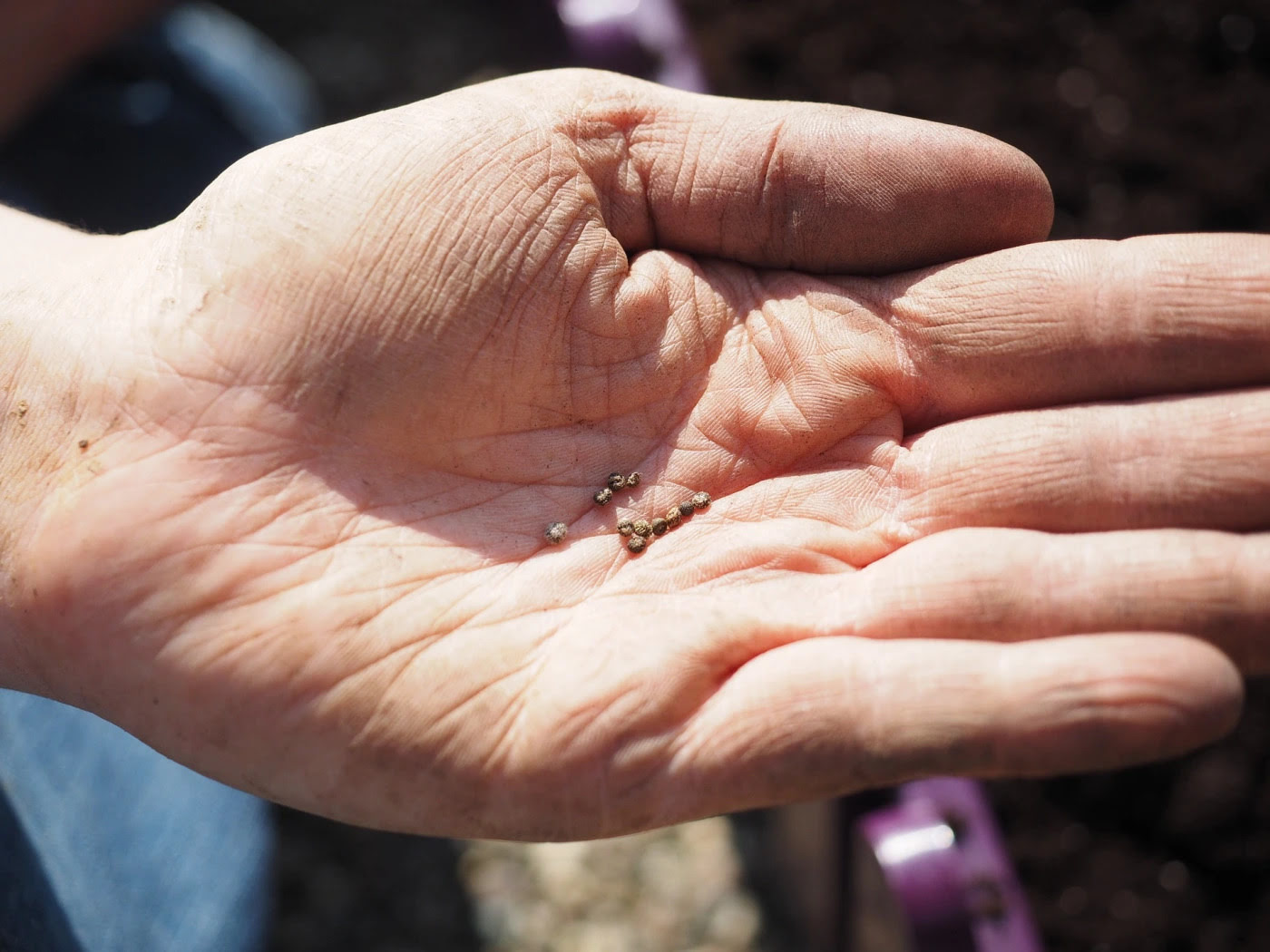
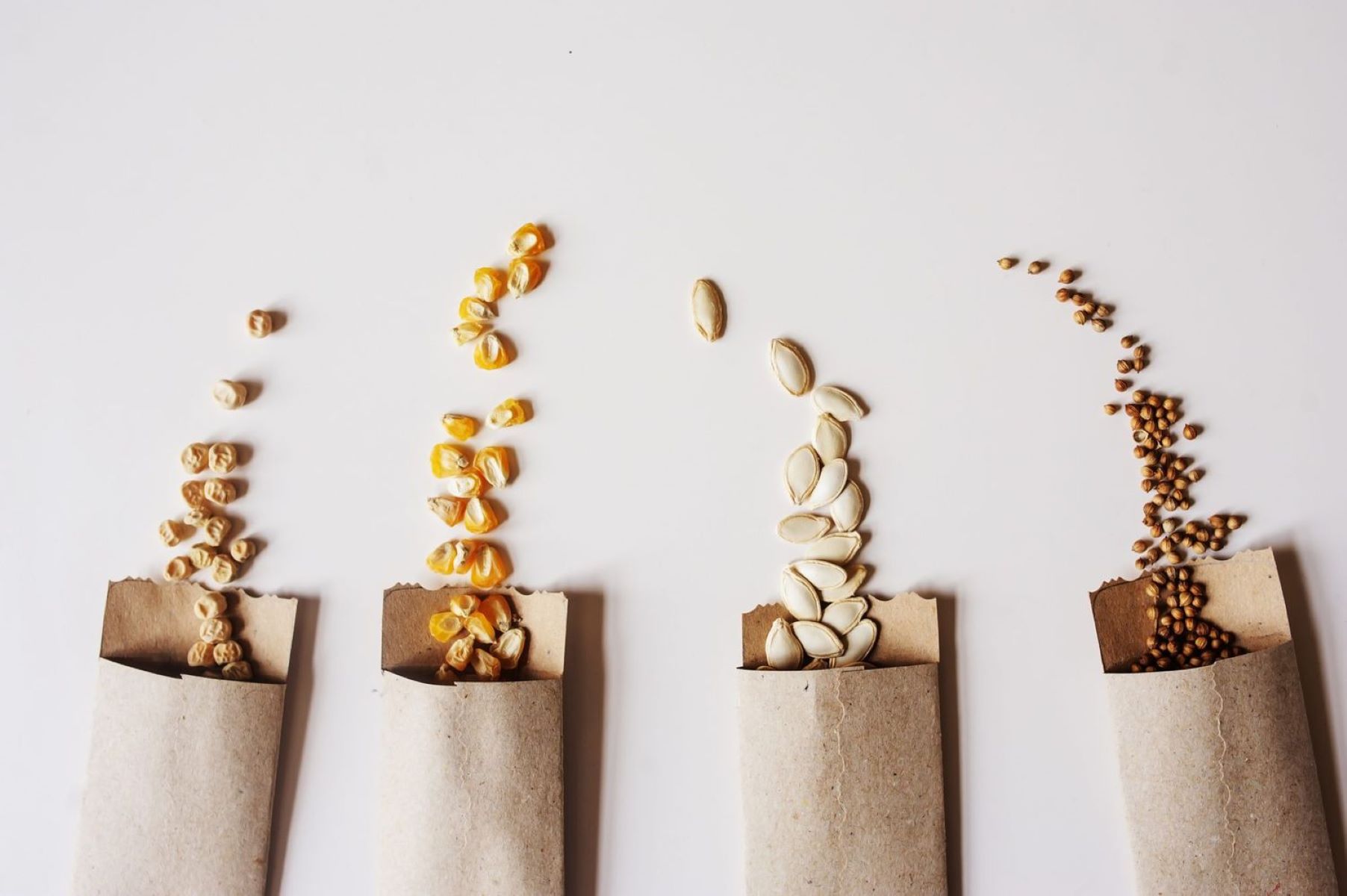
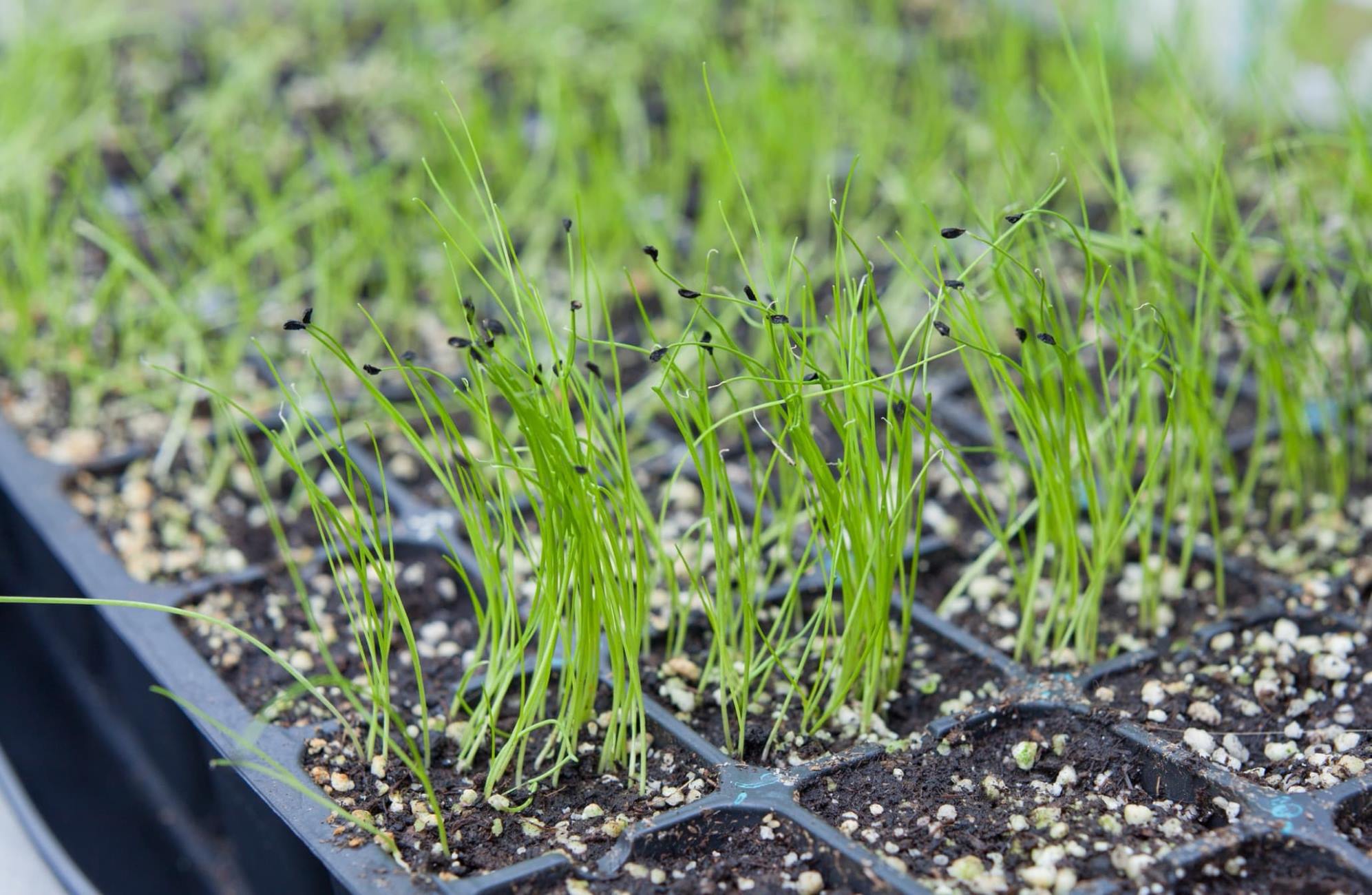
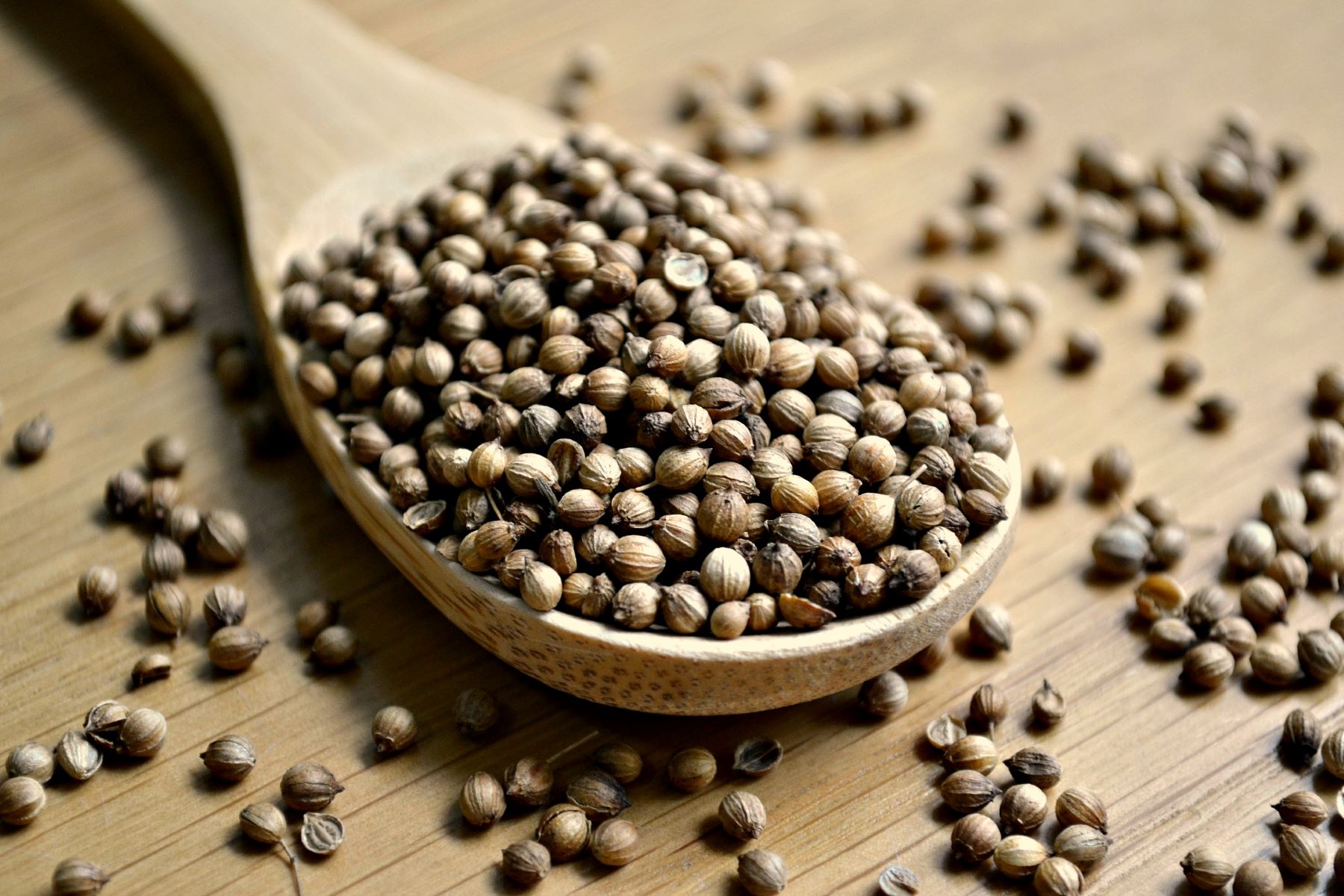
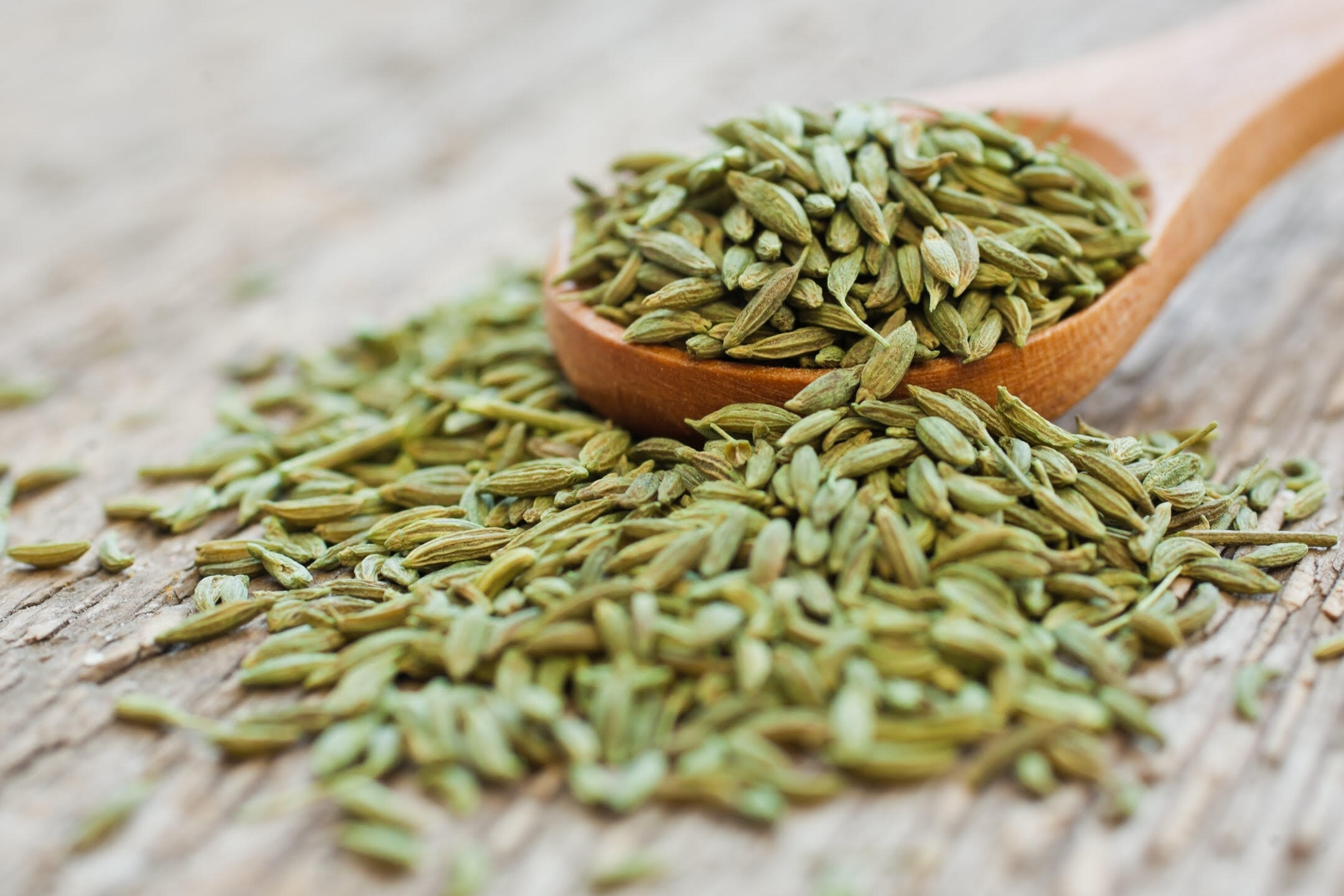
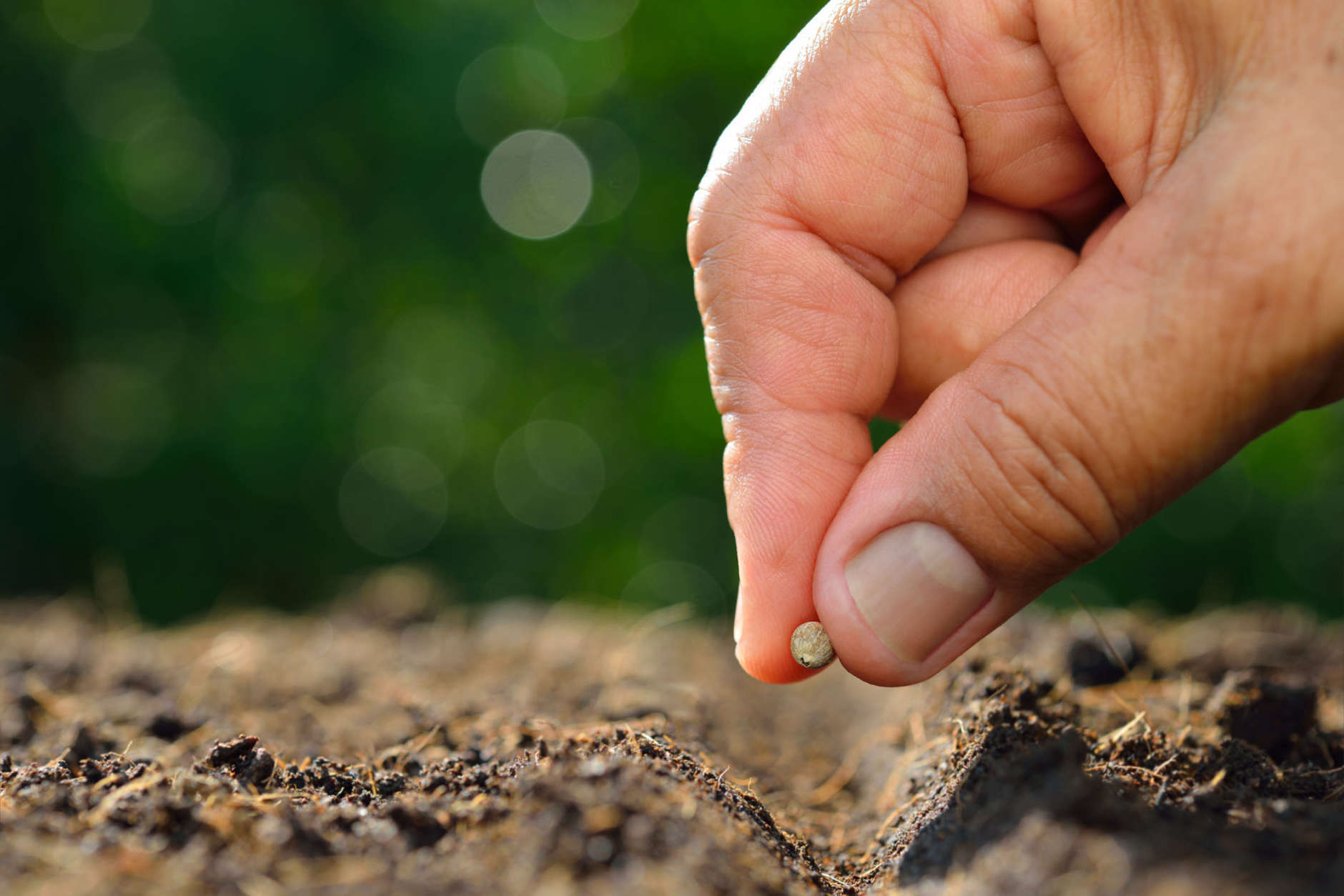
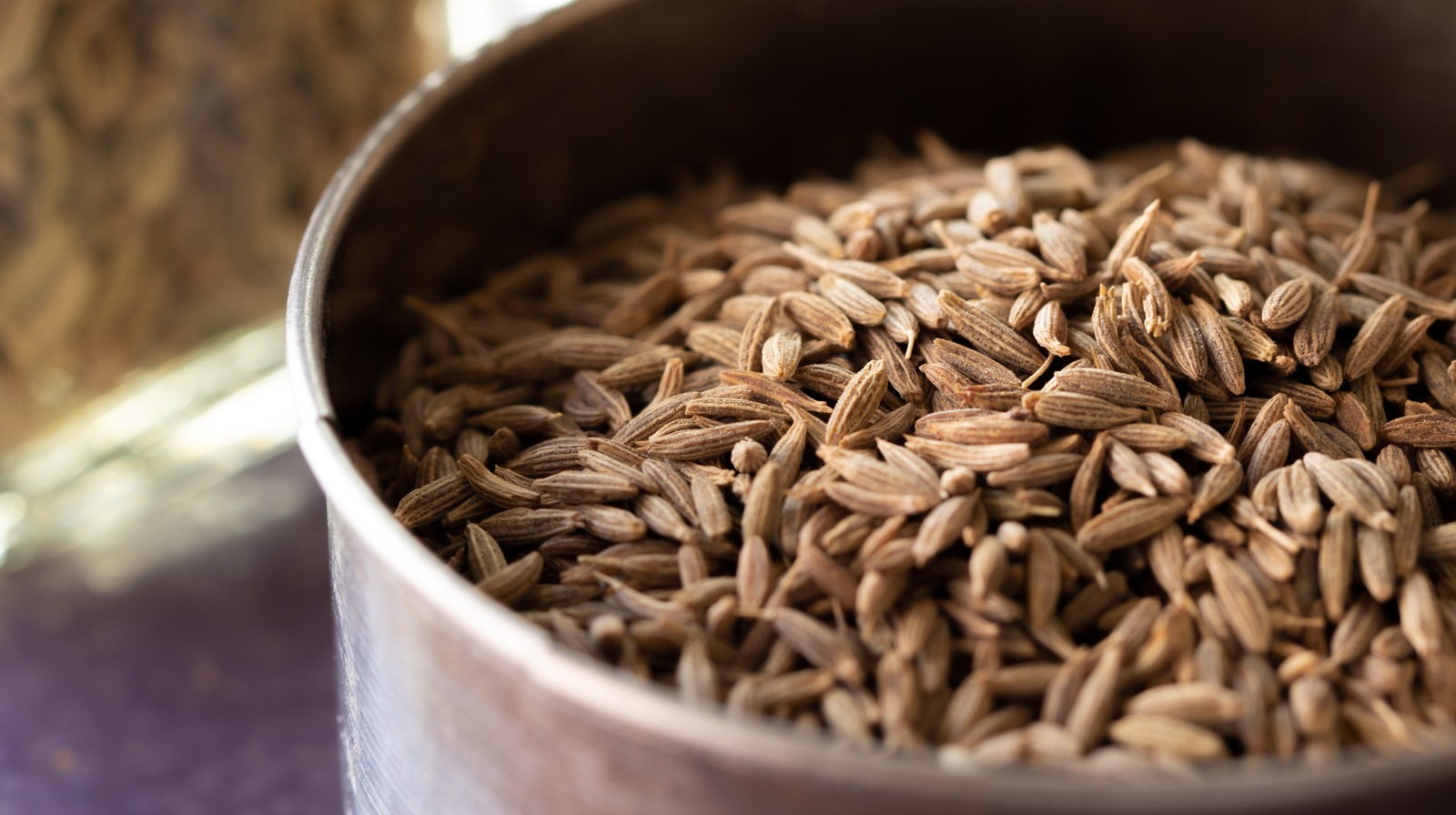
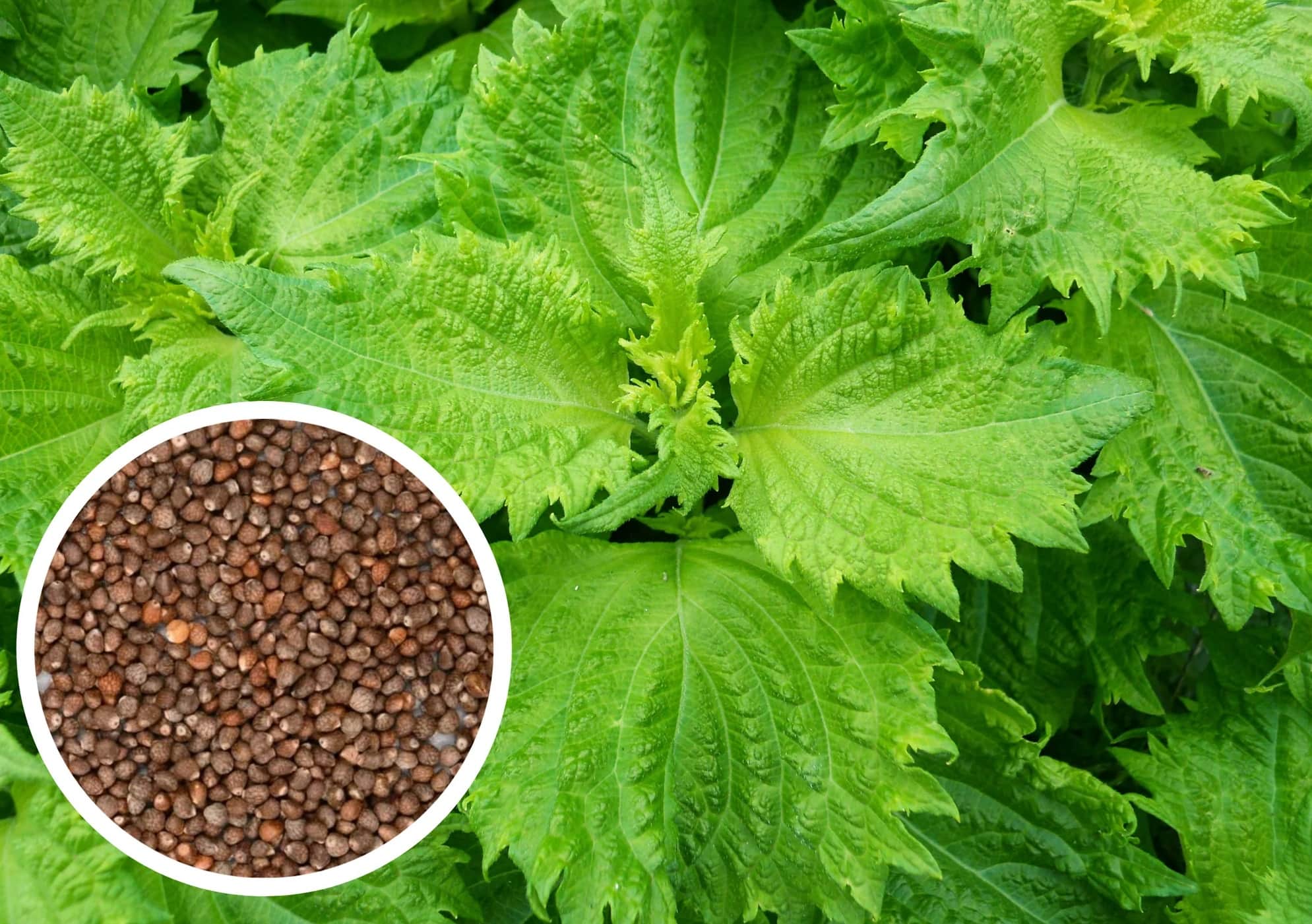
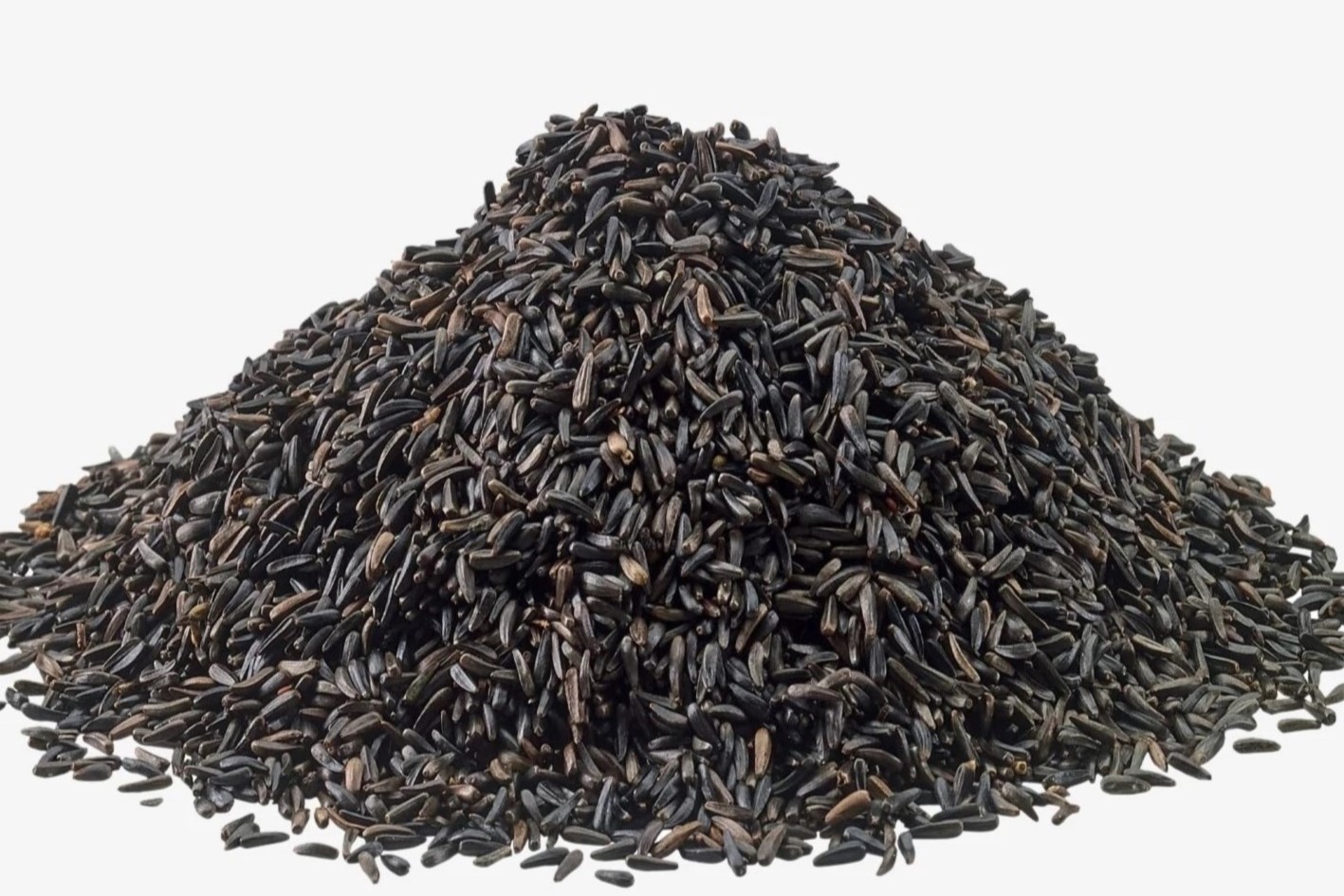

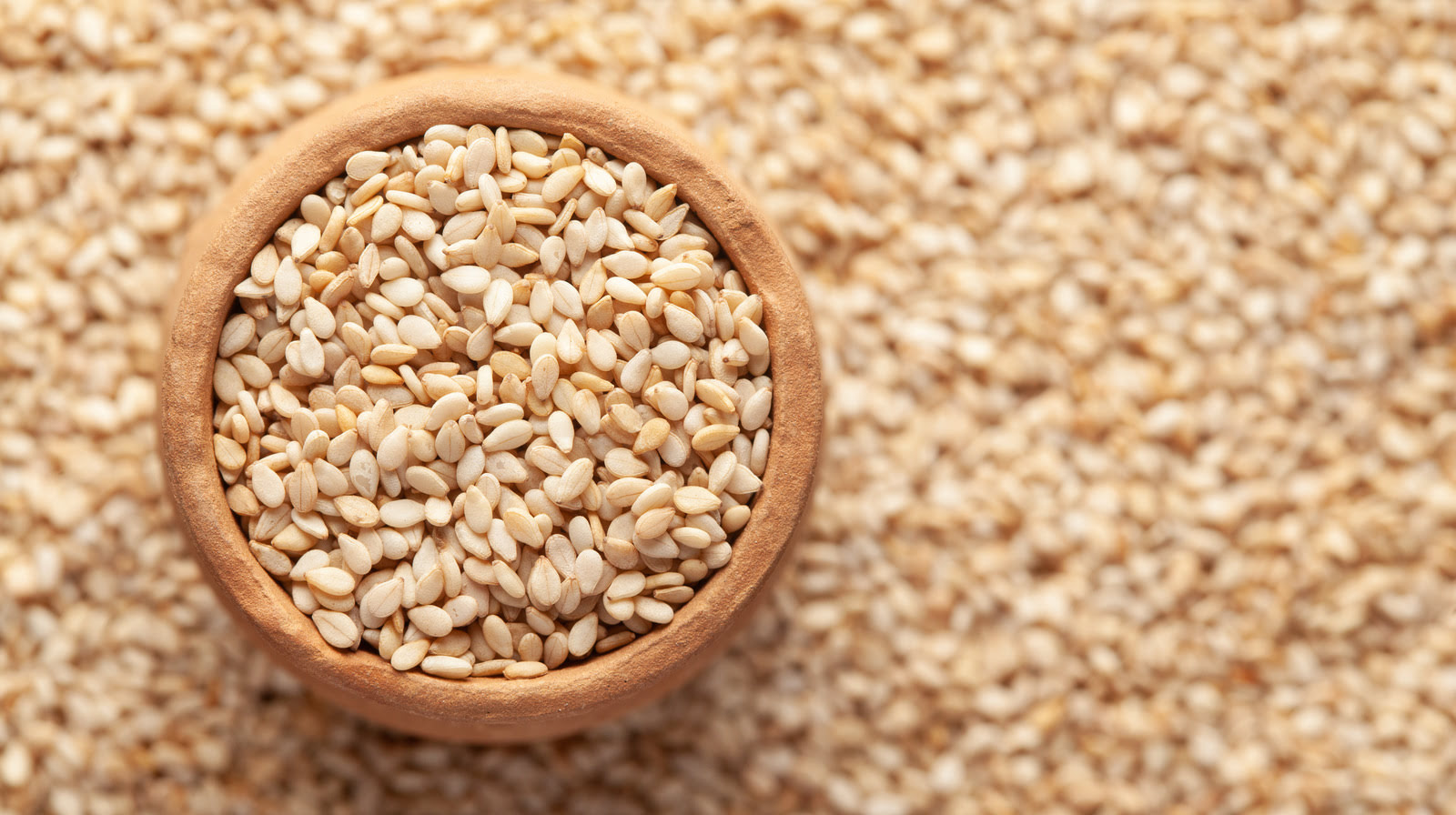

0 thoughts on “What Is Seeded Glass”